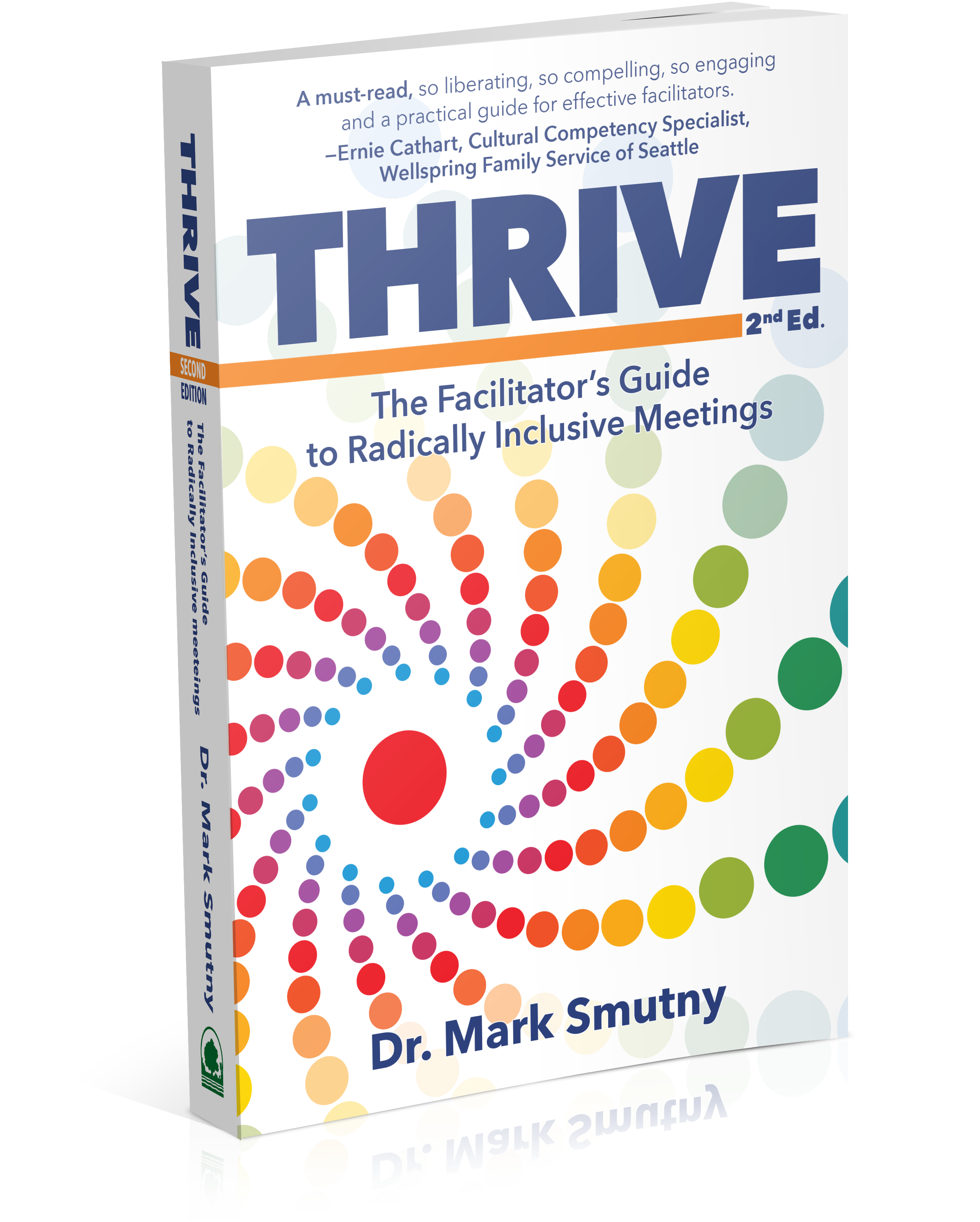 Creating Strong Financial Internal Controls for a Membership Nonprofit Without Staff by Dr. Mark Smutny
Creating Strong Financial Internal Controls for a Membership Nonprofit Without Staff by Dr. Mark Smutny
Running a membership nonprofit with no staff can be both rewarding and challenging. Without staff, the responsibility for financial management rests heavily on board members, volunteers, or other designated individuals. This article explores the importance of financial internal controls and offers practical recommendations tailored to your unique organizational setup.
Why Are Financial Internal Controls Important?
Financial internal controls are mechanisms, policies, and procedures designed to ensure the integrity of an organization’s finances, safeguard assets, prevent fraud, and maintain compliance with laws and regulations. Even for small membership nonprofits, strong internal controls are vital to protect the organization’s financial health and credibility among members and donors.
Key Components of Financial Internal Controls
- Segregation of Duties
- One of the golden rules of internal controls is ensuring no single individual has complete control over all aspects of a financial process. For example:
- Separate the roles of check writing and bank reconciliations among different board members.
- Have one individual prepare deposits and another review and deposit them.
- If segregation is difficult due to limited personnel, implement independent reviews or dual authorizations for key tasks.
- Financial Policies
- Develop clear written policies outlining procedures for budgeting, spending, fundraising, and financial reporting. Ensure all board members and volunteers are familiar with these policies.
- Establish spending limits, requiring board approval for transactions over a certain threshold.
- Regular Financial Reviews
- Conduct monthly financial reviews at board meetings, including a review of income, expenses, and bank account balances.
- Maintain transparency by providing all board members access to detailed financial reports.
- Bank Account Oversight
- Require dual signatures for all checks to increase accountability.
- Avoid using cash for transactions whenever possible. Insist on checks or electronic transfers, which leave a paper trail.
- Recordkeeping and Documentation
- Keep detailed records of income and expenses. Use an accounting system, even if it’s simple software or spreadsheets.
- Maintain receipts, invoices, and other supporting documents for every transaction. This documentation is essential for audits and financial reporting.
- Audit or Financial Review
- Even without staff, periodic independent audits or financial reviews by external accountants or qualified volunteers can identify potential weaknesses and improve your controls.
- Safeguarding Assets
- Ensure physical and digital security for financial assets. For example:
- Limit access to checkbooks and financial software to authorized individuals.
- Protect sensitive financial data using passwords and encryption.
Adapting to Limited Resources
While your nonprofit may lack the manpower of larger organizations, creativity and diligence can compensate for limited resources:
- Training: Provide board members with basic financial management training to empower them to execute controls effectively.
- Technology: Leverage affordable accounting tools like QuickBooks or Wave to streamline financial tasks and reduce errors.
Conclusion
Financial internal controls are not optional—they are the backbone of your nonprofit’s financial health. Implementing these controls ensures that your organization operates transparently, minimizes risks, and builds trust among your members and stakeholders. By focusing on segregation of duties, regular reviews, documentation, and safeguarding assets, your membership nonprofit can thrive, even without dedicated staff.
With a solid framework, the organization is equipped to navigate financial responsibilities confidently, laying the foundation for long-term success. If you’re ready to take your internal controls to the next level, start by reviewing your current practices and building from there—one step at a time!
For Assistance Setting Up Financial Systems for Your Nonprofit Contact:
Dr. Mark Smutny
President, Civic Reinventions, Inc.
📧 Email: mark.smutny@civicreinventions.com
🌐 Website: https://civicreinventions.com
📚 Book: Thrive: The Facilitator’s Guide to Radically Inclusive Meetings, 2nd Edition
